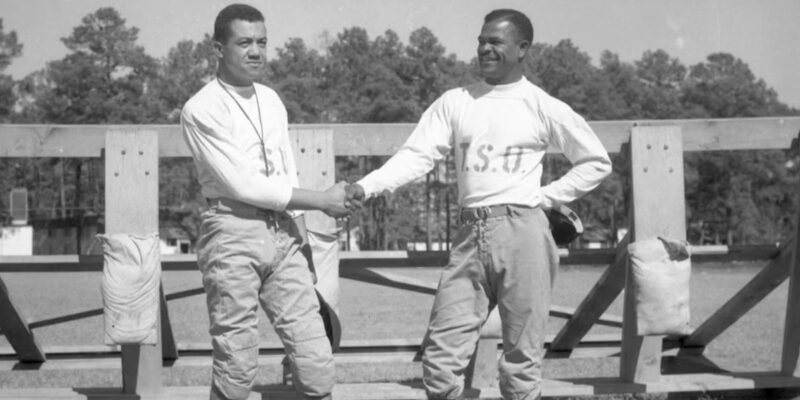
Texas Southern University: A Legacy Born of Determination
The Texas Southern University, is an institution whose roots reflect a deep legacy of community persistence, state politics, and the enduring fight for educational equality.
Though Texas Southern University was officially established in 1947, its story stretches back much further. In the late 19th century, Reverend Jack Yates and others in Houston’s Black community organized Houston College (also known as Houston Baptist Academy) to provide religious and general education. Though this early effort eventually closed, it laid the foundation for future institutions.
In 1925, Wiley College began offering extension classes in Houston to help meet the educational needs of Black teachers. By 1927, these efforts led the Houston School Board to establish Houston Colored Junior College, which would evolve into Houston College for Negroes. Despite concerns that nearby Prairie View and other church-supported colleges would overshadow it, the college quickly grew.
A pivotal moment came in the 1940s, when civil rights pressure and legal challenges, particularly the landmark Sweatt v. Painter case, prompted the Texas Legislature to act. In an attempt to uphold segregation while appearing to offer parity, the state acquired Houston College for Negroes and transformed it into Texas State University for Negroes in 1947. The school opened with 2,303 students and a mandate to offer programs on par with white institutions, including law, pharmacy, and journalism.
In 1951, after student advocacy, the institution was renamed Texas Southern University, dropping “for Negroes” from its title. Under the leadership of early presidents like Ralphael Lanier and Samuel Nabrit, the university grew academically and stood at the forefront of Houston’s civil rights activism.
Texas Southern University faced continual challenges, criticism, and political interference. Yet it remained resilient, expanding academic programs, graduate offerings, and research centers, including the Thurgood Marshall School of Law and the Heartman Collection on African American Life and Culture.
By the early 2000s, Texas Southern had grown to include eight colleges and schools, enrolling thousands of students and employing hundreds of faculty. It continued to serve as a beacon for urban programming, research, and African American scholarship in Houston and beyond.
Texas Southern University’s story is one of perseverance: founded not merely as an institution of higher education, but as a product of sustained community advocacy and a larger struggle for justice. Today, the University stands as a symbol of what can be achieved when a community refuses to be denied.











